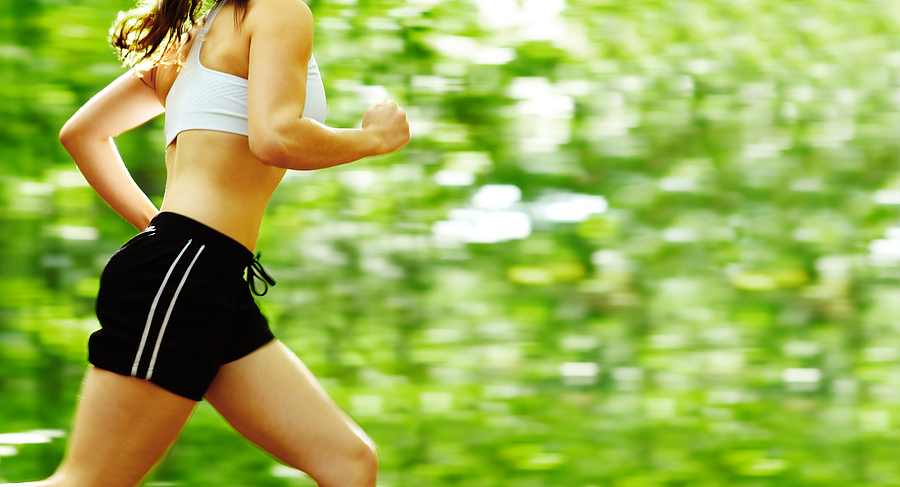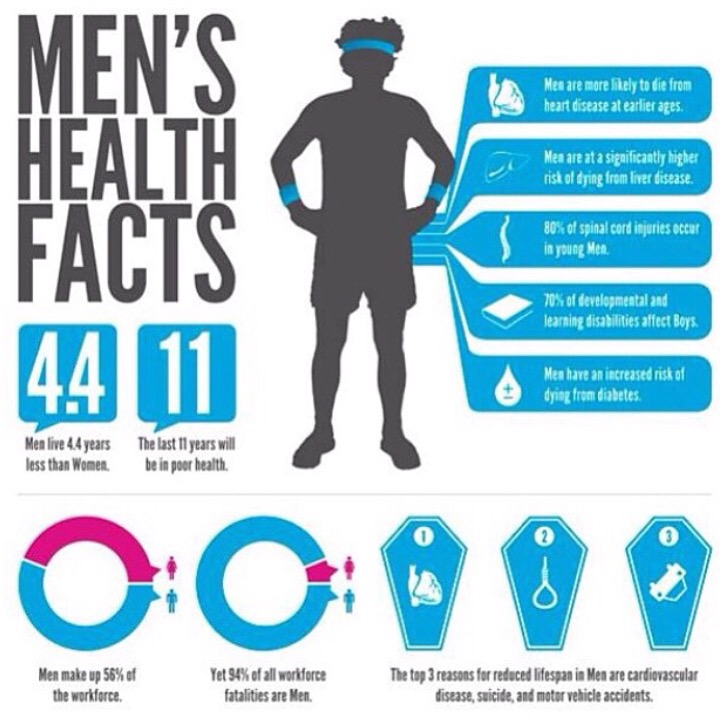7 Minute Core Workout
Fitting exercise into our busy lives can be a struggle but the 7 Minute Workout by McMaster University scientists has established that even a short intense exercise routine can reap benefits. Want to strengthen your core then join us for the 7 minute core workout:
Perform each exercise for 1 minute with a 15 second rest between each. Remember these exercises should not cause pain.
Chest Lift
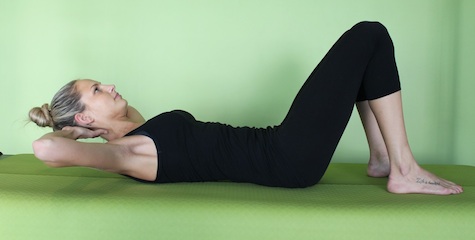
- Lie on your back with your knees bent and your feet flat on the floor. Place hands behind your head.
- Inhale to prepare.
- As you exhale draw in your deep abdominals and lift your chest/upper torso until your shoulder blades are just resting on the mat.
- Make sure your spine stays in neutral, not flattening or arching. Your neck and shoulders should be relaxed, and the weight of your head resting in your hands.
- Inhale and as you exhale tighten your deep abdominals and return to lie flat on the mat.
Toe Tap
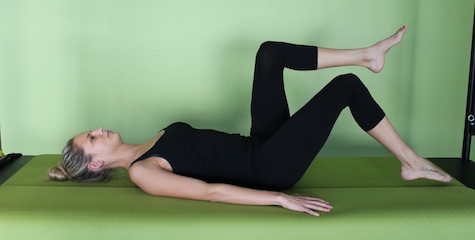
1. Lie on your back with your knees bent and your feet flat on the floor. Place hands by your side.
2. Inhale to prepare, as you exhale draw in your abdominals towards the spine, tightening your deep abdominals.
3. As you exhale lift one leg into table top ensuring your back is not flattening or arching. Your neck and shoulders should be relaxed.
4. Inhale and as you exhale tighten your deep abdominals and lift the other leg into table top.
5. Inhale and as your exhale tighten your core and lower one leg to tap to the floor, inhale to bring back to table top. Repeat with the other leg.
Bridging

- Start in pilates neutral position
- Inhale to prepare, tighten your deep abdominals and pelvic floor.
- Exhale as you imprint your lower spine into the mat, then tuck the tail bone under and start to peel the spine off the mat one vertebrae at a time into a full bridge.
- Inhale, in full bridge
- Exhale as you roll back down one vertebrae at a time back to the start position.
TIP Imagine your spine is like the links of a chain and you are peeling them up one at time, not like a wooden plank.
Clam
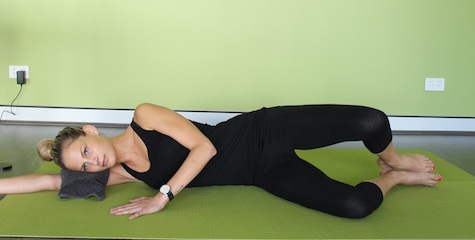
Underneath arm outstretched in alignment with your head and trunk. Rolled towel under your head.
Hips bent up to approx 45 degrees and knees bent to approx 90 degrees.
Knees in front, feet in align with your body. Top hand resting on the floor in front or on the top hip.
- Inhale to prepare, tighten your deep abdominal muscles and pelvic floor.
- Exhale, float top knee upwards keeping the feet together.
- Inhale, lower knee to start position.
TIP Aim to keep the trunk and pelvis still and shoulders relaxed during this exercise.
Plank

1. Laying on your front, rest you weight on your hands and toes. Slide you shoulder blades down the back and lengthen through the back of the neck.
2. Inhale to prepare, exhale and tighten your abdominal muscles and pelvic floor.
3. Maintain this position for 2 breaths keeping the abdominal muscles continually “on” through both the inhale and exhale.
TIP If you experience wrist discomfort and back pain you can modify the exercise to place weight on your forearms and knees.

